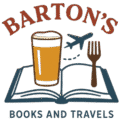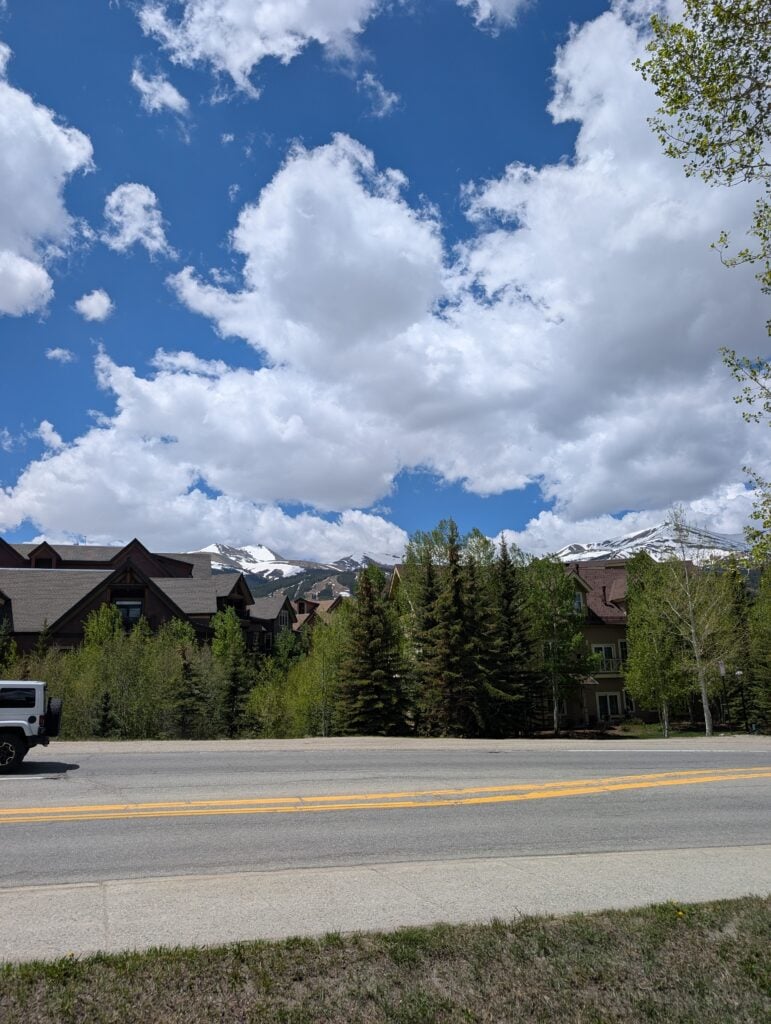
I didn’t realize this until I read “On the Road” for the second time (you haven’t read anything until you’ve read it at least twice) but Denver was a second hub to the beat generation writers. For those that don’t know, The Beat Generation was comprised of a group of friends, ,most notably Jack Kerouac, Neal Cassady, Alan Ginsburg and William S. Burroughs, who would be(come) the most influential literary and cultural group in American History/Literature.
(I just deleted a whole paragraph because…I’m not sure why…maybe I was afraid no one would care, but If I was reading this blog, I would want to read it…also, I’m reminded of Kerouac’s philosophy of writing which tried to channel the pure spontaneous impressions before they are filtered and diluted.
I’m coming back to this blog 24 hours later–yes, another diversion–because I was interrupted by something, the next thing and am now trying to remember that deleted paragraph. I think part of the reason why I’m recording this is because I want to reming myself to not delete any content on the first draft–get the thing out there. Don’t edit before it’s on the page.
The Beat Generation influenced the course of music and literature from the sixties at least through the 90s and probably beyond that. I’m sure much ink has been spilled on this. I’m just thinking of Kerouac’s influence on Dylan and the Doors, and Burroughs was a huge influence on Bowie and Curt Cobain and Neal Cassady…even though he didn’t write anything his very existence might have been the catalyst that sparked the pop culture/counter culture second half of the 20th Century. I mean, during Ken Kesey’s acid filled road trip with the merry pranksters as recounted in Tom Wolfe’s “The Electric Kool-Aid Acid Test”–It was Cassady who literally drove the bus.
Cassady was from Denver and Ginsburg lived here for a time and Kerouac features Denver quite a bit in “On the Road.” Kerouac also had a home in Denver briefly. Burroughs never lived in Denver but he lived in Boulder for a few years and taught writing classes at a local university.
But by 1972, Ginsburg laments in “Visions of the Great Rememberer” (an afterward to one of Kerouac’s novels)…all of the old haunts, homes, flats and jazz-filled music halls were no more. Gone. That is, except, for “My Brother’s Bar” whose founding goes back to 1873, which would make it the oldest in Denver. Neal, Jack and Allan plus many of their other less-famous, though notable friends, hung out here. They drank here, talked here and pulled wrists until the wee hours here–they lived here. I was happy to see that this paid honor to this legacy with a few newspaper clippings, photographs and a copy of a letter written by Neal to a friend of his, asking him to pay his bar tab of 3-4 dollars.
I don’t know if that tab was ever paid but when I made my pilgrimage, I ordered two beers and left a $10 dollar tip–$5 for me and $5 for Neal.


